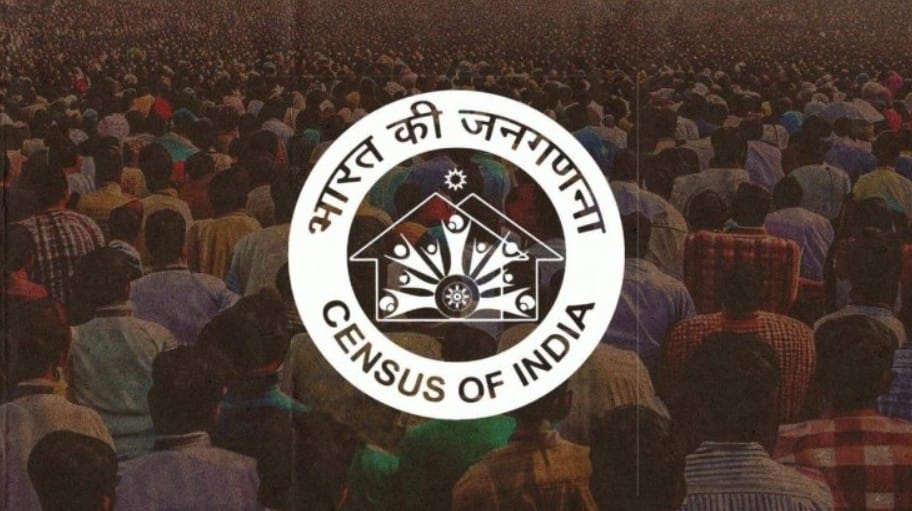What started in Patna in 2023 is shaking up Delhi in 2025. With 63% of Bihar’s population identified as OBC, the caste census isn’t just reviving history—it’s rewriting the future of Indian politics, seat by seat, quota by quota.

It has turned political guesswork into hard, usable data.
No longer can political parties rely on vague caste equations or symbolic gestures. With Bihar’s numbers on the table, voter identity has gone from being a political talking point to a statistical truth.
Bihar’s Big Reveal: The Data That Changed Everything
Who led the initiative?
In June 2022, the Bihar Cabinet approved the proposal after the Union Government refused to conduct a national caste census.
Nitish Kumar acted on the long-standing demand of social justice parties and allocated ₹500 crore for the survey.
The Results:
- OBCs (including EBCs): 63.13%
- Scheduled Castes (SCs): 19.65%
- Scheduled Tribes (STs): 1.68%
- Unreserved/General Castes: 15.52%
These figures redefined Bihar’s social structure and placed the demand for representation based on population at the heart of electoral politics.
Ground Zero 2025: Bihar’s Elections Enter a New Era
As Bihar heads toward its 2025 Assembly elections, caste census data has become a strategic centerpiece for all major parties.
The Mahagathbandhan’s Gameplan (RJD, JD(U), Congress)
Their key proposals include:
- Raising reservations beyond the 50% cap, citing the need to align with actual caste demographics.
- Skill training and employment schemes for EBC youth, and subsidies for OBC entrepreneurs.
- More seats and funding in Panchayati Raj institutions for EBCs and Dalits.
Their message is clear: representation must follow numbers, and Bihar’s numbers now support their call.
BJP’s Tightrope Strategy
Traditionally seen as a party with strong upper-caste support, the BJP is carefully reconfiguring its narrative:
- Pasmanda Muslim outreach: Highlighting welfare and inclusion of economically backward Muslims, without directly engaging in religious identity politics.
- EBC and women-centric policies: Promoting schemes like free LPG connections, rural housing, and cash transfers that disproportionately benefit backward-caste women.
- Social coalition building: Strengthening ties with smaller caste groups like Nishads, Non-Yadav OBCs, and SCs through alliance politics and local leadership inclusion.
The BJP’s challenge lies in acknowledging caste without being defined by it—a fine line they are trying to walk as the political arithmetic shifts.
Why These Developments Matter Now
Two timelines make this moment historically significant:
- The 2026 Delimitation of Parliamentary Seats
- States with higher population growth, like Bihar and UP, could gain more seats in Parliament.
- Caste data, aligned with population, will shape new political boundaries and power equations across India.
- States with higher population growth, like Bihar and UP, could gain more seats in Parliament.
Bihar’s caste census won’t just decide a state election—it could reshape India’s federal power structure.
The Mandal Commission, formed in the late 1970s, had to rely on that 1931 data to recommend 27% reservations for OBCs. Those numbers have remained unchanged in the official record—until now.
Mandal 2.0: A New National Movement Begins
Bihar has sparked a larger wave of caste-based data demand:
- Karnataka is under pressure to release the findings of its caste-based survey.
- Maharashtra, amid Maratha-OBC conflicts, is debating caste data to decide reservation benefits.
Now, with Bihar’s numbers:
- Parties are allocating tickets based on precise caste strength per constituency.
- Campaigns are targeting caste subgroups with tailored promises.
- This marks the evolution of identity politics into data-driven coalition building.
The National Outlook: How 2026 Could Be Redefined
The 2026 delimitation exercise will redraw India’s parliamentary map. And Bihar’s caste data is now a critical tool in shaping that process.
- OBC-dominant states could gain more voice in national policymaking.
- New alliances will emerge based on backward caste representation at the national level.
Final Take: A Quiet Revolution Loud Enough for Delhi
For nearly a century, caste has influenced Indian democracy from the shadows. Bihar’s caste census drags it into the light—and gives it numbers.
This is no longer about emotions. It’s about evidence. No longer about perceptions. It’s about proportions. Bihar has set the stage for a nationwide rethink of what democracy, representation, and justice mean in modern India.
This is not just a regional development—it’s the beginning of India’s data-driven political era.
Key Takeaways
- Nitish Kumar led the charge with Bihar’s caste census after the Centre refused a national enumeration.
- The data shows 63.13% of Bihar’s population is OBC/EBC, giving a strong boost to reservation and representation demands.
- BJP is focusing on Pasmanda outreach, women’s welfare, and balancing caste inclusion with its traditional development narrative.
- The census will influence 2025 state elections and the 2026 delimitation, potentially shifting power to OBC-majority northern states.
- Other states like Karnataka, Uttar Pradesh, and Maharashtra are now under pressure to follow Bihar’s lead.
- This is the dawn of Mandal 2.0—where caste politics meets the age of data.
FOR MORE BLOGS – beyondthepunchlines.com







